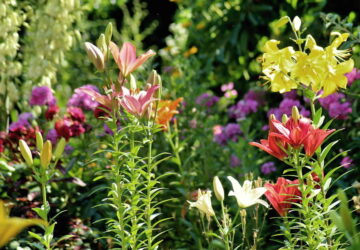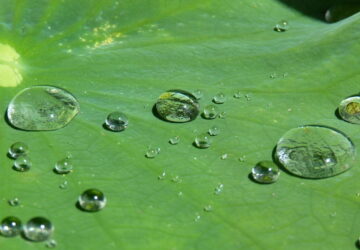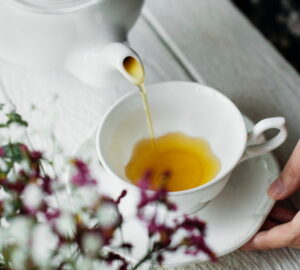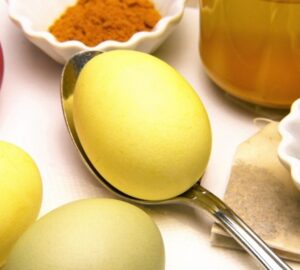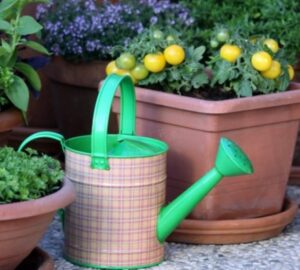Are you a passionate gardener looking to enhance your bathing routine with the enchanting aroma of fresh herbs? Look no further! Discover how to make and utilize bathing herbs with these delightful flowering plants that can thrive in pots or gardens. Not only will they transform your bathwater into a fragrant paradise, but they also bring therapeutic benefits to your daily soak. Explore the multifaceted uses of pot marigold, chamomile, mint, rosemary, thyme, marjoram and lavender. Plus, we’ve included easy-to-follow recipes for homemade herbal concoctions. Elevate your bath time to new heights with these garden treasures.
Pot Marigold: A Splash of Color and Calm
Pot marigold, known as Calendula, is a cherished gem in gardens, gracing heights of up to 50 cm. Sporting vibrant yellow and orange blooms, this plant also makes a stunning cut flower.
Calendula Cleanser: Capturing Radiance and Wellness
Elevate your skincare routine with this exquisite cleanser:
Ingredients
- 4 tablespoons of olive or almond oil
- 2 tablespoons of dried pot marigold
- A few drops of violet, orange flower or rose extract
Instructions
- Heat the oil in a bowl placed over a pot filled with hot water.
- Add the dried pot marigold flowers, stir and cook on moderate heat for another 30 minutes.
- Remove from heat, let it cool, then mix it with the flower extract.
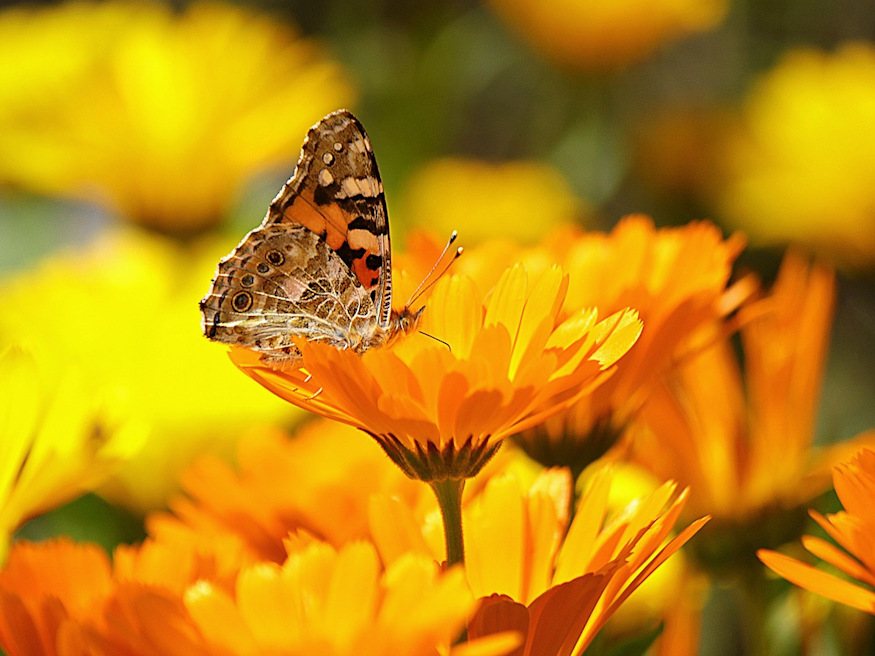
Lavender: The Soothing Elegance
Lavender, a cherished denizen of flower gardens, graces landscapes with its charm and fragrance. While it can grow up to a meter tall, the dwarf variants, serving as border plants, maintain a height of 40-50 cm.
Lavender Vinegar Hair Rinse: Nourishment for Your Locks
Craft a delightful hair rinse to pamper your tresses:
- Half-fill a 1-liter jar with lavender leaves and flowers.
- Pour white vinegar into the jar and seal it with a plastic lid.
- Let it infuse in a dark spot for 3-4 weeks.
- Mix equal parts lavender vinegar and distilled water for a rejuvenating hair rinse after shampooing.
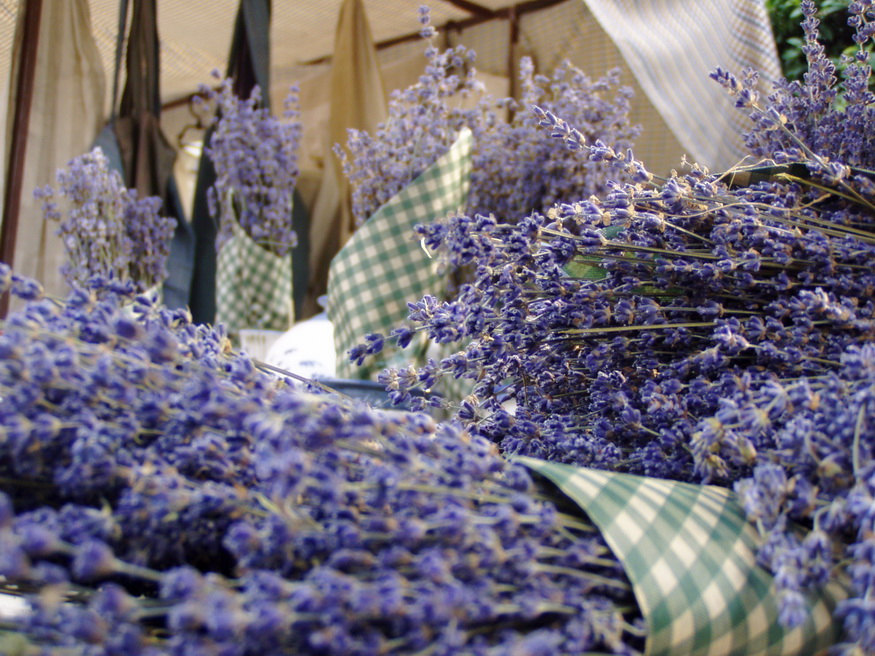
Chamomile: Tranquility Blossoming
Renowned for its soothing chamomile tea, this perennial harbors daisy-like flowers that bring a sense of calm. It stands 10-30 cm tall and makes a splendid ground cover or border planting in less-traveled areas.
Chamomile Cleansing Milk: Nature’s Gentle Touch
Experience the nurturing touch of chamomile cleansing milk:
- Pour warm milk into a bowl and keep it warm without boiling.
- Add 3 tablespoons of freshly picked chamomile flowers.
- Heat gently until the milk carries a chamomile fragrance.
- Strain and store the milk in the fridge for 2-4 days, perfect for oily skin.

Marjoram: Aromatic Wonder Beyond the Kitchen
While renowned for culinary endeavors, marjoram offers resplendent contributions to herbal baths and teas. Its intense fragrance emanates from small white flowers, adorning a height of 50-60 cm.
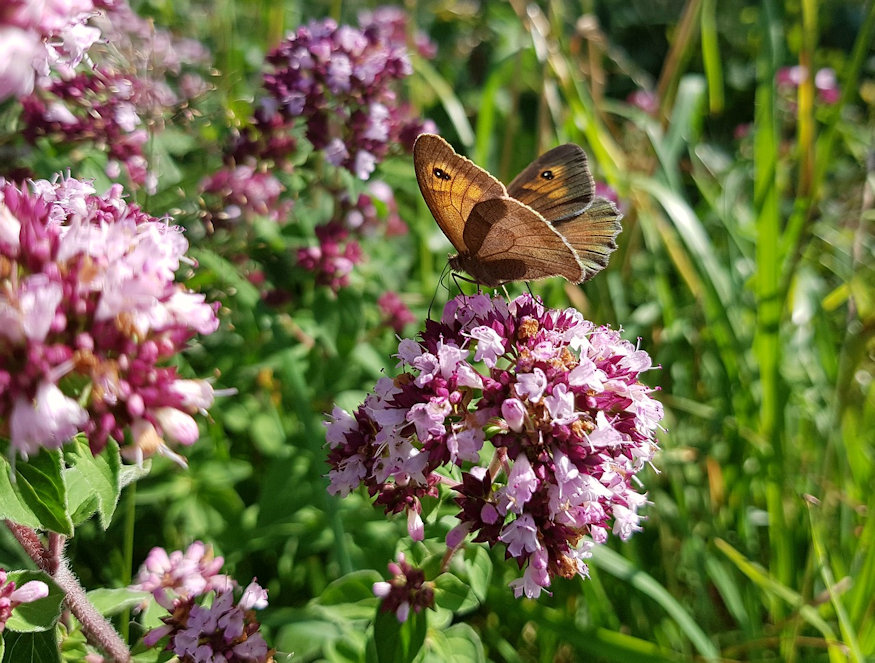
Scented Bath Bag: An Aromatherapeutic Oasis
Craft a fragrant bath bag for an aromatic soak:
- Mix 1/4 cup marjoram with 2 tablespoons each of mint and lavender (halve the quantity for dried plants).
- Place the blend in a muslin bag or handkerchief-sized cloth.
- Steep in boiling water for 15-20 minutes, then add to your bath water.
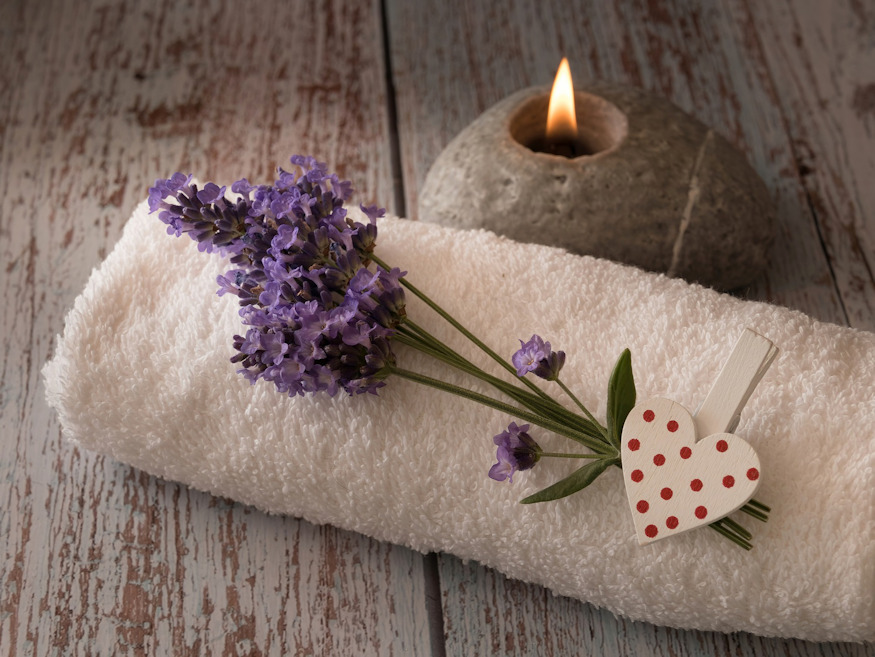
Mint: A Burst of Freshness for Your Senses
Mint emerges as an invigorating choice for herbal baths, revitalizing your senses with every dip.
Peppermint Toner: Revitalizing Elixir for Your Skin
- Combine 1/2 liter vinegar, 1/2 liter distilled water and 1 cup mint leaves in a pot.
- Boil the mixture, then let it steep for four days.
- Filter and store in small bottles for a refreshing skin tonic.
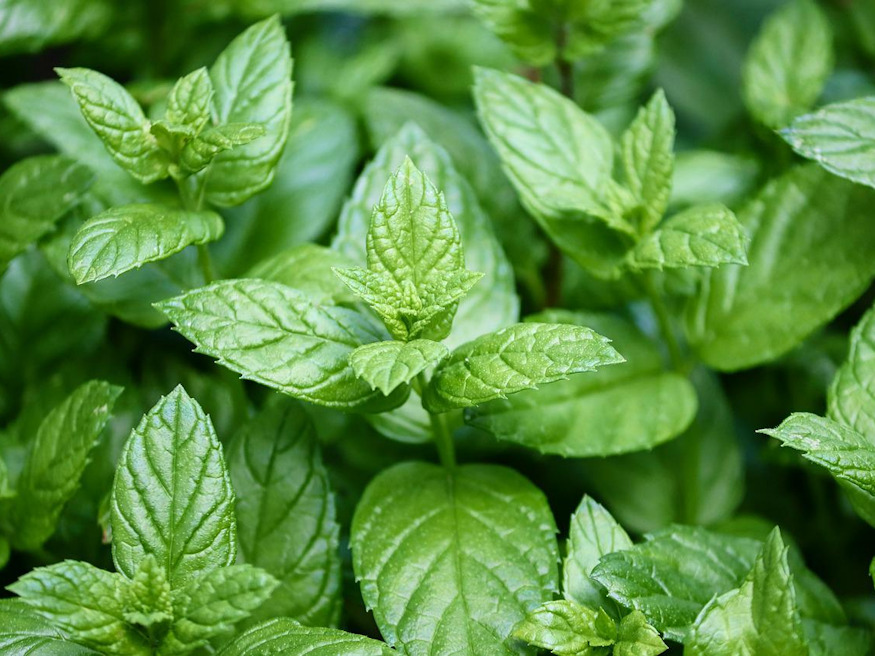
Rosemary: Timeless Aromatherapy
The evergreen charm of rosemary, evoking thoughts of Christmas trees, presents a richly aromatic addition to your bathing rituals. While it can grow up to 1.5 meters, its winter hardiness indoors is limited.
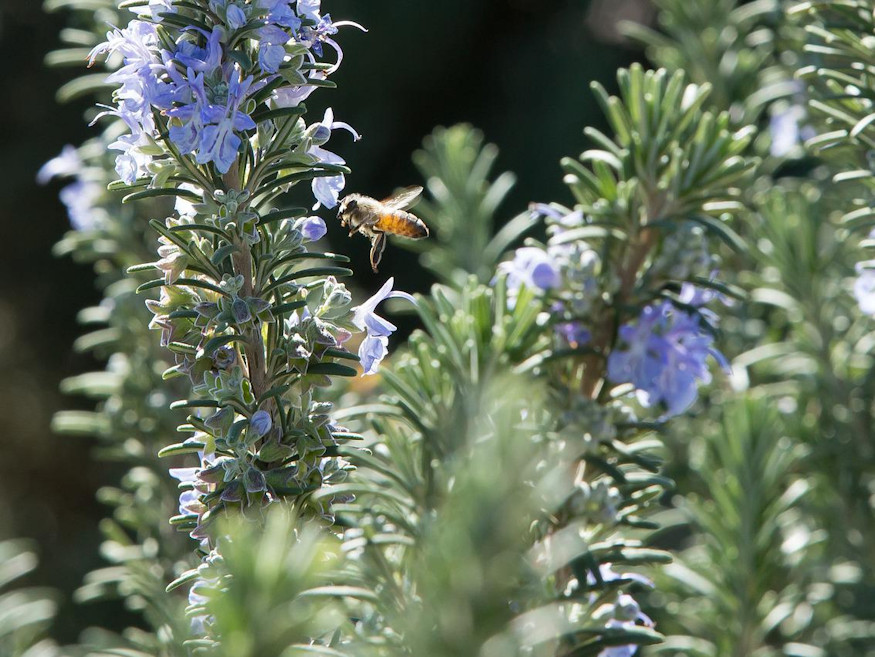
Rosemary Hair Care: Strengthening Elixir for Your Locks
Ingredients
- Freshly picked rosemary
- Sunflower or almond oil
Instructions (Cooking Method)
- Fill a mason jar with freshly picked rosemary.
- Pour enough sunflower or almond oil to cover.
- Place the jar in a pot filled with water and heat it to a medium temperature.
- Cook on moderate heat for up to three hours.
- Filter through filter paper or cloth and pour into a brown bottle.
Instructions (Non-cooking Method)
- Follow the above steps, but instead of cooking, place the oil on a sunny windowsill for up to three weeks.
- Add fresh rosemary to the filtered oil for a stronger blend.
Usage
Spread the oil evenly over your hair, then cover with a plastic cap and a warm towel for 30 minutes. Afterward, wash your hair with shampoo.
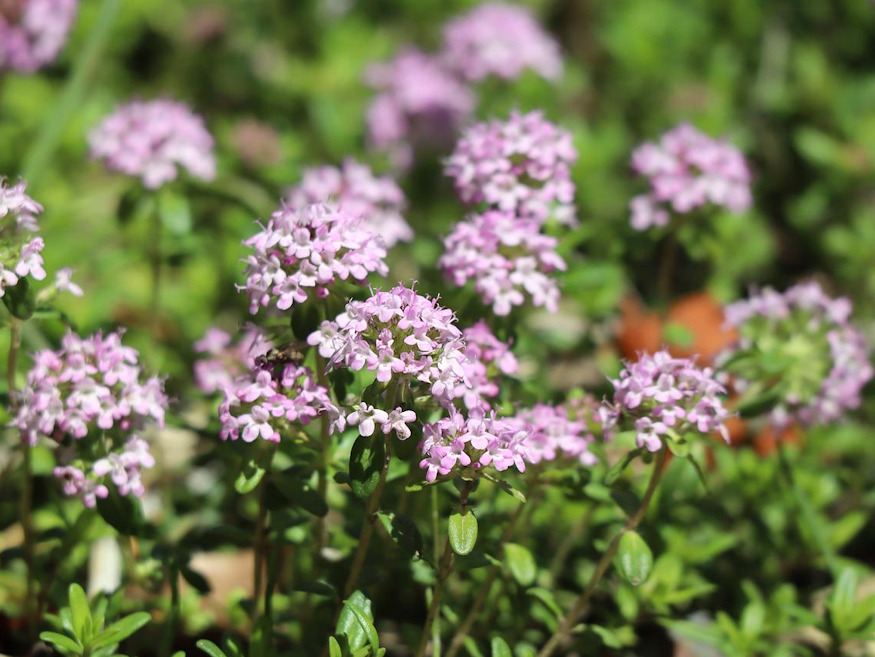
Thyme: Nature’s Deodorizing Elegance
Discover thyme’s short yet striking presence, adorning gardens as a charming border plant. Its delicate pink flowers enchant during the summer months.
Thyme and Rosemary Foot Soak: A Soothing Reward
- Add a handful of thyme and rosemary to 1 liter of boiling water.
- Simmer for 15 minutes, then cool and pour into your bath or foot soak water.
In Conclusion: A Symphony of Nature’s Splendor
Elevate your bathing experience with these aromatic herbs from your own garden. These versatile plants not only beautify your outdoor space but also enhance your self-care rituals. From soothing chamomile to revitalizing mint, these herbal treasures offer a myriad of benefits. Explore the world of fragrant bathing herbs and indulge in the natural wonders of your garden. Enjoy the blissful scents and therapeutic properties they bring to your bath time relaxation. Happy gardening and bathing!
